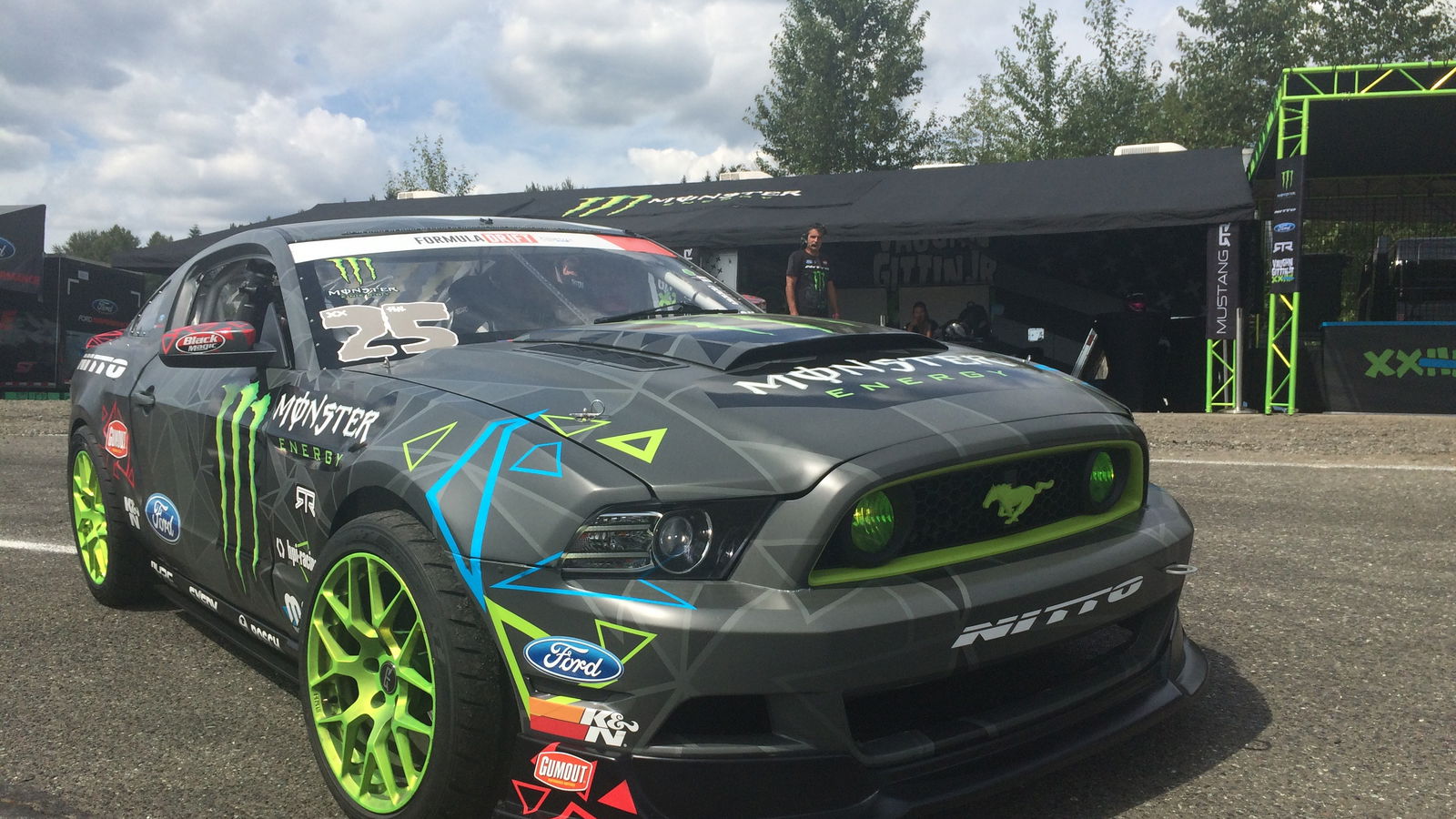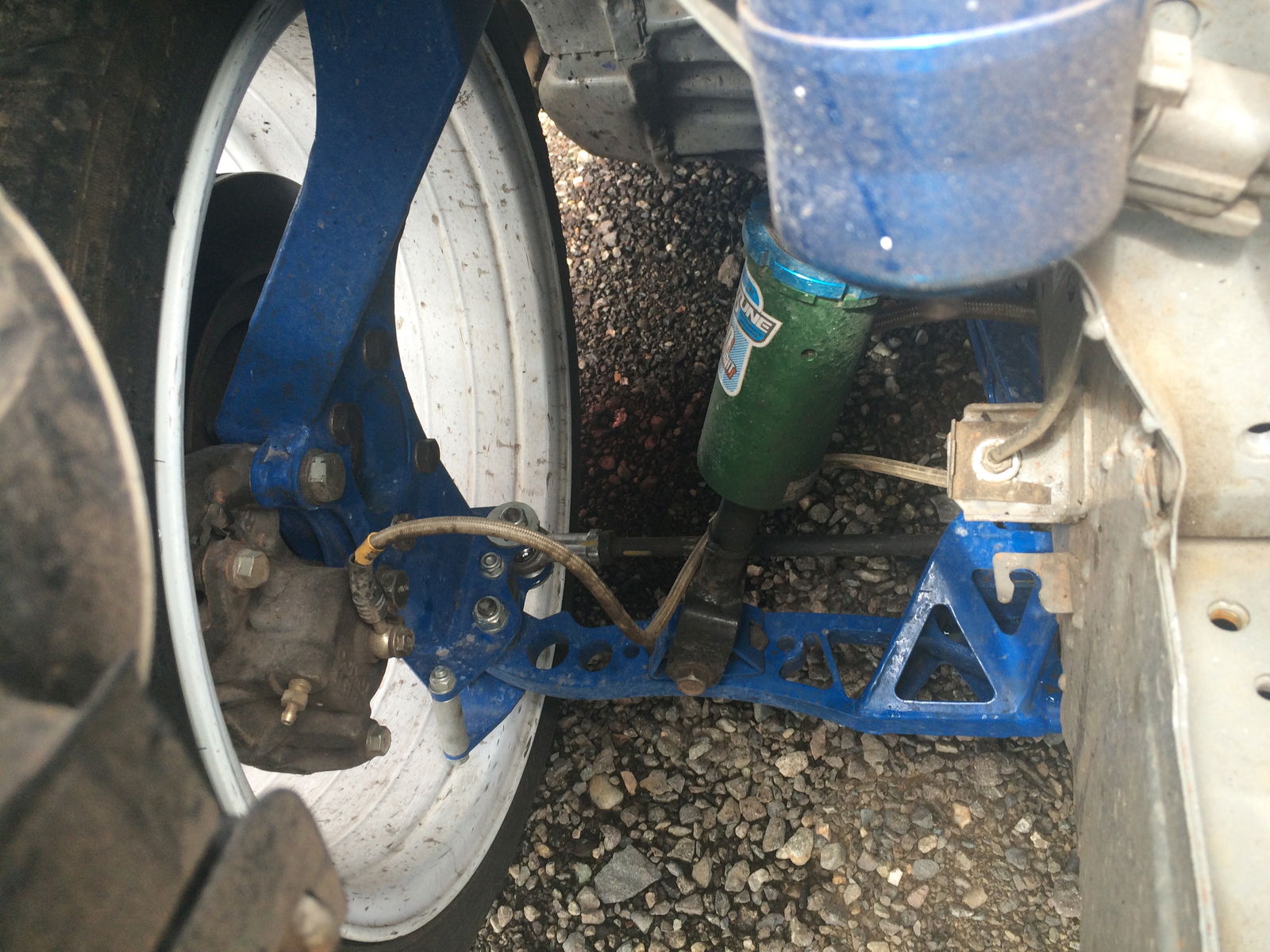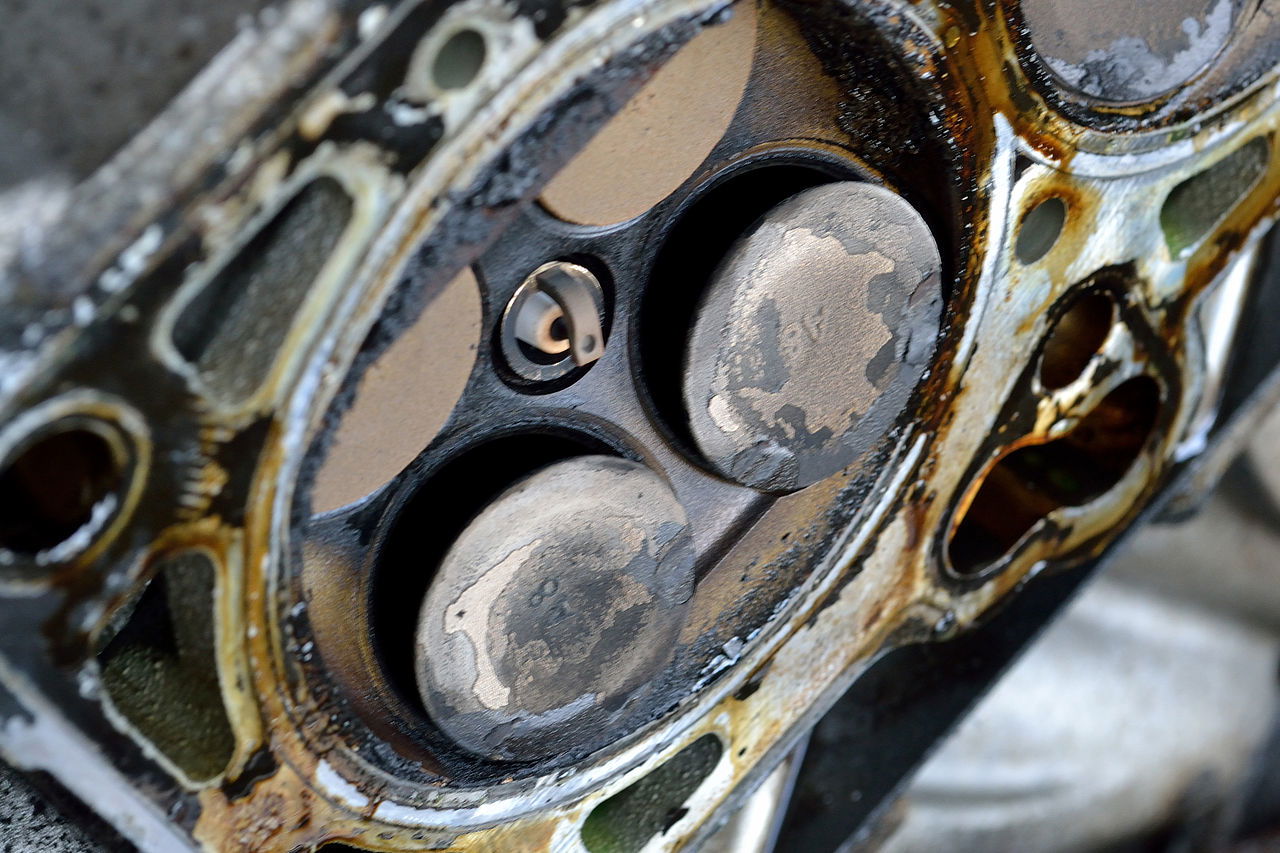Engineering Explained: How To Build A Drift Car The Wrong Way

If I was hired to design a drift car on a budget (prior to having a discussion with Ian Stewart, RTR Drift Team’s technical director), my thought process would probably have gone something like this:
Front-Engined
More weight on the front wheels means they’ll have more grip to help control the drift. It also helps prevent the car from completely spinning around, as the front weight likes to remain forward. On top of this, less weight on the rear wheels means they’ll be easier to spin.
Rear-Wheel Drive
For obvious reasons; you don’t really want an explanation, do you? Although it can definitely be done with AWD in the right conditions, it heavily reduces the need for massive amounts of opposite lock.
Stiff Rear Springs
Keep in mind, the goal is controlled oversteer. Stiffening the rear suspension increases the rear slip angle under cornering, and this induces oversteer. With stiff rear springs, in addition to stiff rear anti-roll bars, body roll will be kept minimal so the suspension geometry can maintain an ideal state.
Hard Tyre Compounds
Having a hard compound for the rear tyres will once again allow for the rear slip angles to exceed those of the front. The front will maintain grip for control, while the rear will easily spin. That’s exactly what you want, right?
High Rear Tyre Inflation Pressures
The formula is kept simple once again. We’re trying to allow for the rear tyres to spin more easily. For the same reason that hypermilers hyper-inflate their tyres for low rolling resistance, we want to reduce friction as well. More pressure means it’s easier to spin.
Now if I gave the above logic to a professional drifting team in a job interview, I’d be ask to leave the room immediately and it would erupt in laughter as I closed the door (story of my life). While it might appear to make sense to you and I, much of what I’ve told you above is terrible advice if you’re planning on drifting professionally.
My focus above was attempting to make the front of the car easy to control while making the rear of the car induce oversteer more easily. Unfortunately, all I did was reduce rear grip. Performance is taken away. The car is now undeniably slower and handles worse in almost every way. Ah…
What Are The Pros Doing?
Soft Rear Springs
A softer spring rate means more mechanical grip. The goal is to make mechanical grip as high as possible. Why? Because with more grip, the car can perform drifts at higher speeds. This isn’t entirely intuitive at first, but it clicked quite well in my head while I was watching the pros at Evergreen Speedway attempt to drift in the rain. There was no traction so the drivers had less control over the car’s behaviour, the cars were spinning out frequently, and above all else they were driving quite slow (though as fast as conditions allowed). Quite frankly, the rain made things boring.
Wide, Soft, Sticky Tyres
Just like everyone in motorsport, these guys want grip. Wide sticky tyres are perhaps the biggest part of this equation. Compound is key, but teams are limited to street legal treads in Formula Drift, and often this is dictated by sponsorship. You’d see wider, stickier tyres if it was allowed. Grip is key, as again, it gives the driver more control of the angle - if the angle is too great, lifting off the throttle will reduce the angle as the tyres try to grip up. If you have non-grippy tyres they’ll just keep spinning, no matter what you do.
Super Low Rear Tyre Pressures
Vaughn Gittin Jr’s team wouldn’t give specifics (the mysterious art of drifting) but after having discussions with various teams around the speedway, I don’t think seeing as low as 15psi in the rear tyres would be out of the question (maybe even lower). I do know that even the front tyres of Gittin’s Mustang are lower than a stock Fastback, and that the rear tyres are significantly lower pressure than up front. The rear tyre pressures are low enough that even with the added heat from spinning, they won’t approach the pressure of the front treads.
Technically, It’s Fun
Of course, there’s way more to a fine-tuned drift machine than just the rear springs and tyres:
Suspension Tuning
RTR Drift Team uses soft springs to start, but the fine tuning of the suspension is done with dampers and beefy roll bars. Both are adjustable, and changes will be made depending on the course and conditions. Bars and springs dictate how far the body rolls. Dampers dictate how long it takes the body to move over. •
Steering Angle
The angle the tyres can point (as well as the Ackermann geometry) plays a big role in the dynamics of drifting. You can actually control the speed of the car through the steering angle as well as the brakes. The more sideways the car gets, the more it slows it down since forward thrust is decreased. As your car gets more sideways, you’ll need more steering angle to be able to compensate. There’s certainly a balance of finding the right drifting angle for each corner and each car’s setup, but having the capability of a very large steering angle will allow for minor corrections while driving as well. Though Vaughn Gittin Jr. doesn’t run into this territory, apparently some teams can rotate the tyres to as much as 80-85 degrees of steering angle. Again, at these angles it becomes more of a tool to correct a drift or make a correction under tandem driving, as the high angle will slow the car significantly.

LSD or Spool
Different strategies will be at play here, but ultimately the power needs to be able to reach the tyre with the most traction. LSDs and locked diffs make sure that all the power gets put down and that both wheels spin simultaneously.
Aerodynamics?
Though some teams do use aerodynamic bits to improve their vehicles, Gittin Jr stays away for two simple reasons. First, the vehicles are commonly at speeds low enough that aerodynamics are unnecessary. Second, as the vehicles often travel sideways, the aerodynamics would need to be active to take advantage of the angle the air is approaching at, so the benefit of a fixed wing is minimal.
Still curious about drifting? Check out the video below for more about a Mustang with a better power-to-weight ratio than a Bugatti Veyron SS.

Comments